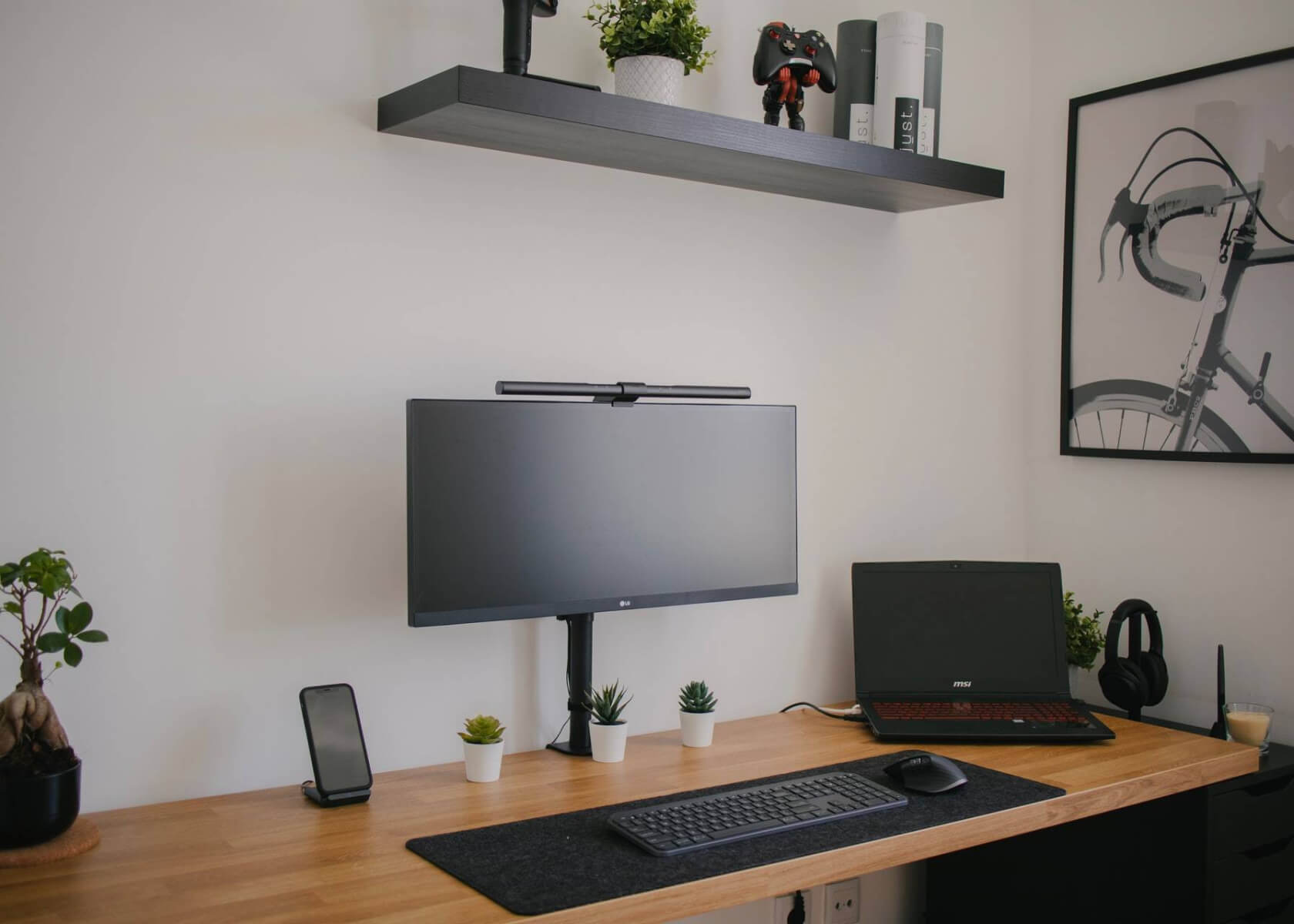Synchronize Content Across Notion Blocks: A Step-by-Step Guide

New to Notion?
How to Synchronize Content Across Notion Blocks
Notion is a powerful all-in-one Workspace that allows you to organize your thoughts, plan projects, and collaborate with others. One of Notion’s standout capabilities is its ability to synchronize content across blocks, ensuring that any updates made in one area are automatically reflected elsewhere. This feature is invaluable for maintaining up-to-date and consistent information throughout your Workspace. In this article, we explore several current methods to synchronize content across Notion Blocks using the latest Notion features and best practices.
Understanding Notion's Block Structure
Before diving into synchronization techniques, it’s important to understand that everything in Notion is built with blocks. A block can be a paragraph, heading, image, bullet point, code snippet, or even a table. Blocks can be arranged hierarchically and even nested within one another, making it easy to organize and structure your data.
Utilizing Synced Blocks
A new favorite feature for many users is Synced Blocks. This allows you to duplicate a block or a group of blocks, and any changes made within one instance are automatically replicated in all its copies. Here’s how to use Synced Blocks:
- Select the block or group of blocks you want to synchronize.
- Click on the block’s menu button and choose Turn into Synced Block.
- Copy the Synced Block by clicking the Copy and Sync option, and then paste it wherever needed.
With Synced Blocks, you can update content in one location and see the changes automatically reflected in every instance, ensuring consistency across your pages.
Using Linked Databases
Another excellent method to keep your information consistent is by using linked databases. A linked database is essentially a table or list connected to a specific block. Any updates to the linked database instantly update its related block, and vice versa. To set up a linked database:
- Create a new database: Click the "+" button in your Workspace and select Database. Choose the format, such as table or list.
- Customize the database: Add the necessary properties and columns—like text, date, or number—to suit your needs.
- Link the database to a block: In the desired block, click the "+" button and select Link to Database. Pick the database you created.
Any changes made in this linked database will now automatically update the corresponding block, perfect for managing repetitive data seamlessly.
Employing Page Properties, Formulas, and Relations
For more advanced synchronization, consider using page properties, formulas, relations, and rollups:
- Define page properties: Open a page within a database and click Add a property. Choose a property type—text, number, checkbox, or date—to tailor your content.
- Customize your formulas: Use formulas to perform calculations or modify data based on your page properties. For example, a formula might concatenate two text properties or calculate a numerical sum.
- Link pages with relations and rollups: Establish relations between pages to pull data from one page to another. Use rollups to aggregate or manipulate this information, ensuring that changes in one table affect related content automatically.
These features provide you with robust tools to automate data updates and maintain consistency across your Workspace.
Utilizing Templates
Notion's templates offer another method to keep your content synchronized. Templates enable you to create pre-designed layouts that can be reused across various pages and blocks. This approach allows you to standardize the formatting and content structure effortlessly. To use templates:
- Create a template: Design a layout for the type of block you wish to reuse, including text, images, tables, and other elements.
- Save the template: Select the entire block or group of blocks and click Save as Template in the top menu. Name your template and save it.
- Apply the template: When you need to create a new block that mirrors the template, click the "+" button, choose Templates, and select your saved template.
Templates are particularly useful for streamlining repetitive tasks and ensuring that new pages or sections maintain a consistent look and feel. For additional guidance, check out this resource on automating repetitive tasks.
Conclusion
Synchronizing content across Notion Blocks is a powerful way to maintain consistency and efficiency in your Workspace. Whether you’re using Synced Blocks, linked databases, page properties with formulas, or templates, these techniques help automate updates and ensure that changes propagate seamlessly. By experimenting with these methods, you can unlock the full potential of Notion’s content synchronization capabilities and significantly streamline your workflow.


